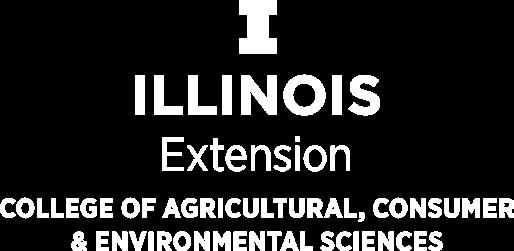
2 minute read
'Annabelle’ Hydrangea
The ‘Annabelle’ hydrangea is a cultivar that was originally collected from a wild specimen in southern Illinois and remains one of the most popular in production today.
‘Annabelle’ Hyadrangea a Showy Shrub with Historic Roots in Illinois
Advertisement
BY RYAN PANK AU, EXTENSION EDUCATOR - HORTICULTURE
The ‘Annabelle’ hydrangea has been a mainstay of the ornamental shrub world since its release in the 1960s. This showy shrub is filled with beautiful snowball-like flowers that adorn its spindly branches each summer. The blooms begin as pretty green puffs that turn white at maturity, often lasting 6 to 8 weeks throughout June and July, and gradually changing to a tan color to provide interest throughout fall and winter.
‘Annabelle’ remains one of the most popular cultivars of our native smooth hydrangea, Hydrangea arborescens, appearing throughout the eastern U.S. in landscapes from zones 3 to 9. Despite its national-level popularity, the ‘Annabelle’ hydrangea has roots very close to home, with origins right here in Illinois.
Smooth hydrangea makes an excellent landscape plant, not only for its beauty, but also for its adaptability. It prefers partial shade but does well in full sun with sufficient soil moisture. While it prefers a rich, moist, well-drained soil, it will tolerate a wide range of conditions. It can work in a variety of landscape applications from a single specimen to a border or mass planting.
The story of the ‘Annabelle’ hydrangea begins in Southern Illinois near the town of Anna. In 1910, Harriet Kirkpatrick noticed a beautiful native hydrangea along a wooded trail in Union County with abnormally large, snowball-like blooms, which she dug up and transplanted in her yard in Anna.
Neighbors and friends noticed the showy plant, and the Kirkpatrick family shared specimens, distributing it around town and in nearby communities.
Given its local popularity, easy transplanting, and culture, Kirkpatrick contacted the Burpee Seed Company to see if there was interest in developing it commercially. Unbeknownst to her, a recent improved cultivar of Hydrangea arborescens had just been released in 1906. E. G. Hill brought the ‘Snowhill’ hydrangea into production from a wild specimen found near Yellow Springs, Ohio, with similar abnormally large, snowball-like flowers, but an earlier bloom time.
For the next 50 years, ‘Annabelle’ was an unnamed, but locally poplar cultivar. It was distributed by word of mouth throughout Southern Illinois until finally reaching Urbana around 1935, based on the first recorded account.
It wasn’t until the 1960s that the Kirkpatrick’s find gained the attention of University of Illinois professor Dr. Joseph C. McDaniel. In 1960, McDaniel rediscovered ‘Annabelle’ by noticing it in cultivation in Urbana. He traced it back to Anna, collected samples for propagation, named the cultivar and released it for commercial production in 1962. The name ‘Annabelle’ is a nod to the “belles” from Anna that originally discovered the wild specimen. McDaniel called it, “the best form of its species yet found.”






